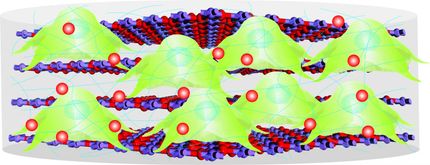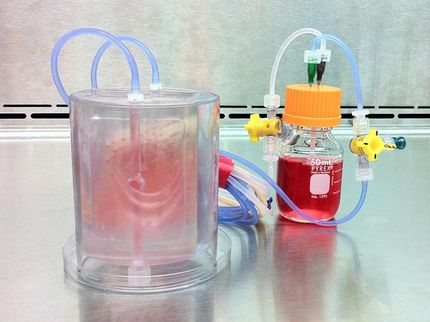Using stem cells to mend damaged hips
Advertisement
Bone stem cells could in future be used instead of bone from donors as part of an innovative new hip replacement treatment, according to scientists at the University of Southampton. A team from the University's School of Medicine believe that introducing a patient's own skeletal stem cells into the hip joint during bone grafting would encourage more successful regrowth and repair.
The grafting technique is used to repair the thigh bone and joint during replacement (known as 'revision hip replacement therapy, a procedure in which surgeons introduce donor bone to the damaged area to provide support for the new hip stem.
In this collaborative study between the University of Southampton and The University of Nottingham, researchers will use adult stem cells from bone marrow in combination with an innovative impaction process and polymer scaffolds. In a two-year study, funded by the Medical Research Council (MRC), researchers aim to improve the outcomes of this high impact procedure.
"Surgeons currently use bone from donors during bone grafting, so introducing a patient's own stem cells to create a living cell or material composite would be a totally new approach," comments Professor Richard Oreffo, an expert in musculoskeletal science at the University of Southampton, who is leading the project.
"This is very much the beginning of a project to investigate the potential for this new technique, but our preliminary work suggests this may have significant therapeutic implications."
When a hip joint is damaged, part of the thigh bone or femur, including the ball, can be removed and a new, artificial joint fixed to the remaining thigh bone. Revision hip replacement occurs when that artificial joint needs to be changed.
Professor Oreffo will introduce the stem cells to the hip joint using a scaffold, or support structure, which is designed to protect them, and a new impaction process. The polymer scaffolds will be developed by Professors Steve Howdle and Kevin Shakesheff, experts in chemistry and tissue engineering at the University of Nottingham.
Professor Howdle explains: "Building upon strong collaborations with tissue engineering experts, this new grant will allow researchers at Nottingham to take their materials nearer to the clinic. This could have great benefits for patients, and also offer a significant cost saving for healthcare authorities; but first we need to verify and build upon our preliminary data. A major part of the work at Nottingham will involve scaling up the supercritical fluid processing apparatus to create larger and more uniform batches of polymer scaffolds for testing."




























































